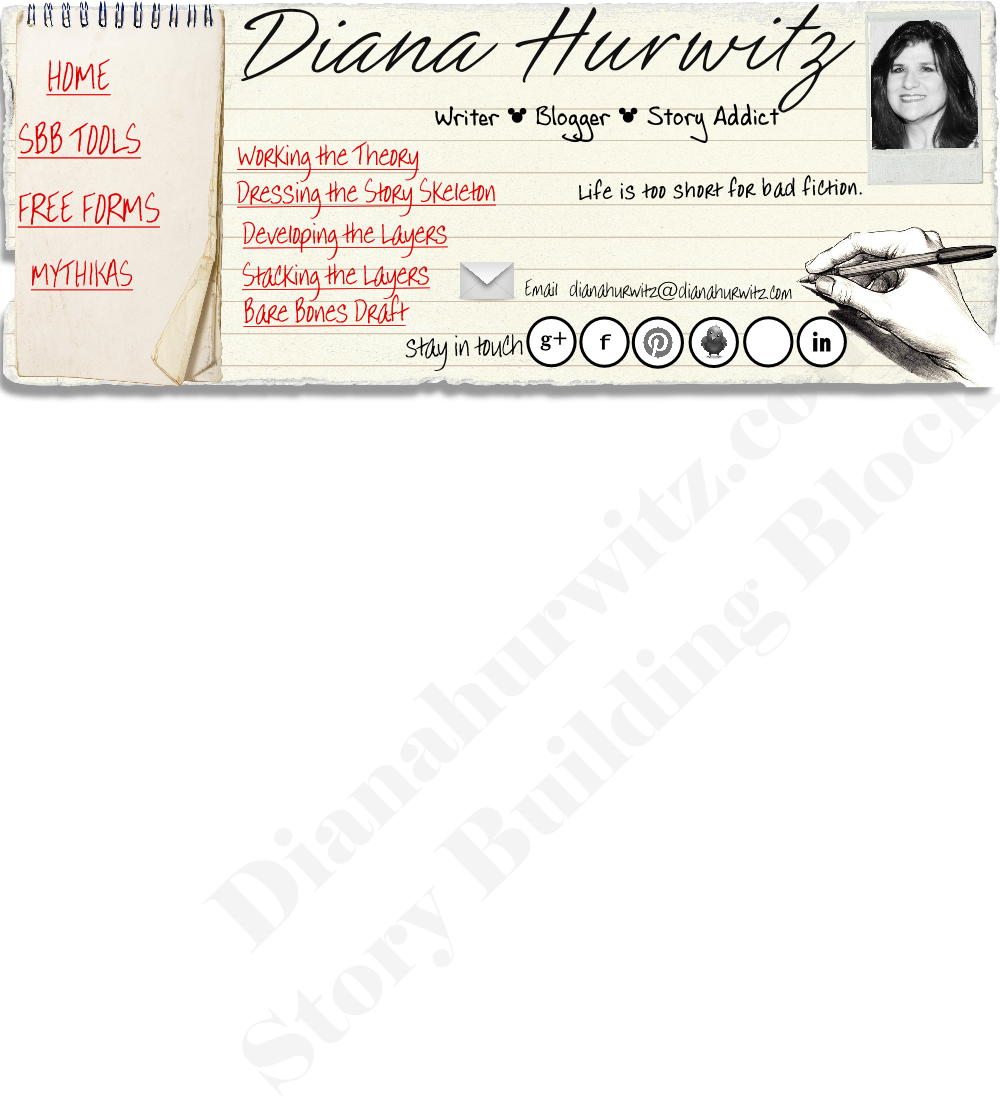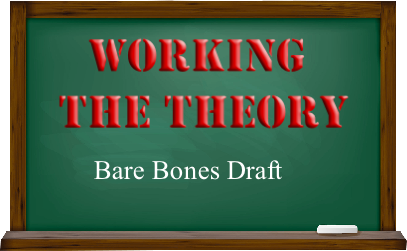


©2018 www.dianahurwitz.com all rights reserved •Designed by Diana Hurwitz

I used to waste a lot of time on my first draft. I agonized over each sentence. I filled it full of stuff I would later cut or alter. Revision layers took forever to complete, especially repetitive words.
My first drafts are now skeletons. I gradually add muscle and skin and dress the bones in the revision layers.
I start with a conflict outline and a timeline (which I generally mess up somehow anyway and have to go back and fix).
When I sit down to write a scene, I start with:
Date, Time, Location, (Type of ) Conflict # _____ Dick needs to convince Jane to do something.
Date, Time, Location, (Type of) Conflict # _____ Jane is caught snooping around Dick's office.
For me, scenes are visual. I see the characters moving around the room or characters talking to one another. My first draft consists of dialogue and choreography with a tiny of hint of description. It looks a bit like a screenplay.
Dick (insert tag) “ ....”
Jane (insert tag) “...”
Dick enters (describe how Jane sees him)
(insert description of place here) (look at photo of room)
(Need a visceral response here) (angry) (sad) (hopeful)
(Need gesture)
(insert name of place here) (look at map/diagram and fill in)
They move around the space, they fight, they do stuff. Then comes the hard work. Once I have a draft, I make sure the scenes illustrate cause and effect. I list the numbers and see if the sentences have changed.
Because this conversation occurred, it set up a conflict in Chapter __.
Because this conflict occurred, it made this conversation necessary in Chapter __.
If I can take any of the scenes out without making a difference to the plot, they aren't earning page time. I either strengthen them or cut them.
The revision layers take a lot longer than the draft, but are far more effective because I can focus on one layer at a time.
1. Motive: At the end of the scene I ask myself, "Why are my characters behaving this way? Is this behavior true to his or her temperament?
I find it easier to write with the character profiles nearby, so I can refresh my memory about their motivations and purpose. (Blatant plug - having the Build A Cast Workbook by my side is invaluable).
2. Descriptions: I use photos, diagrams, and other prompts to set the scene, add atmosphere, and describe people and places.
3. Dialogue tags and gestures: I have lists of visceral responses and gestures and cross each of them off when I've used them once or twice. I choose a speech pattern and verbal tics for my characters. I make sure their dialogue is consistent throughout by scrolling through the manuscript one character at a time, stopping when I reach their verbal interactions and checking for consistency.
4. Sentence structure: The first draft has simple sentences. When revising, I vary the sentence length and add cumulative sentences. I make sure my nouns and verbs agree and my punctuation is where it needs to be.
5. Hooks: I add creative first and last lines for each chapter. I try to get the goal of the scene in at the beginning and the new goal in at the end.
6. Theme: I make sure actions and dialogue address theme.
7. Adjectives, adverbs, and other parts of speech: I consult lists and cross them off when I use them.
A bare bones draft gives you the opportunity to get the key ingredients right before you add the magic that makes the scene rise from the page and dance.
First drafts always need work. Why waste a lot of time on something you will rewrite anyway? Give the bares bones approach a try. It might keep you from rewriting sentences over and over instead of moving onto the next scene or chapter.